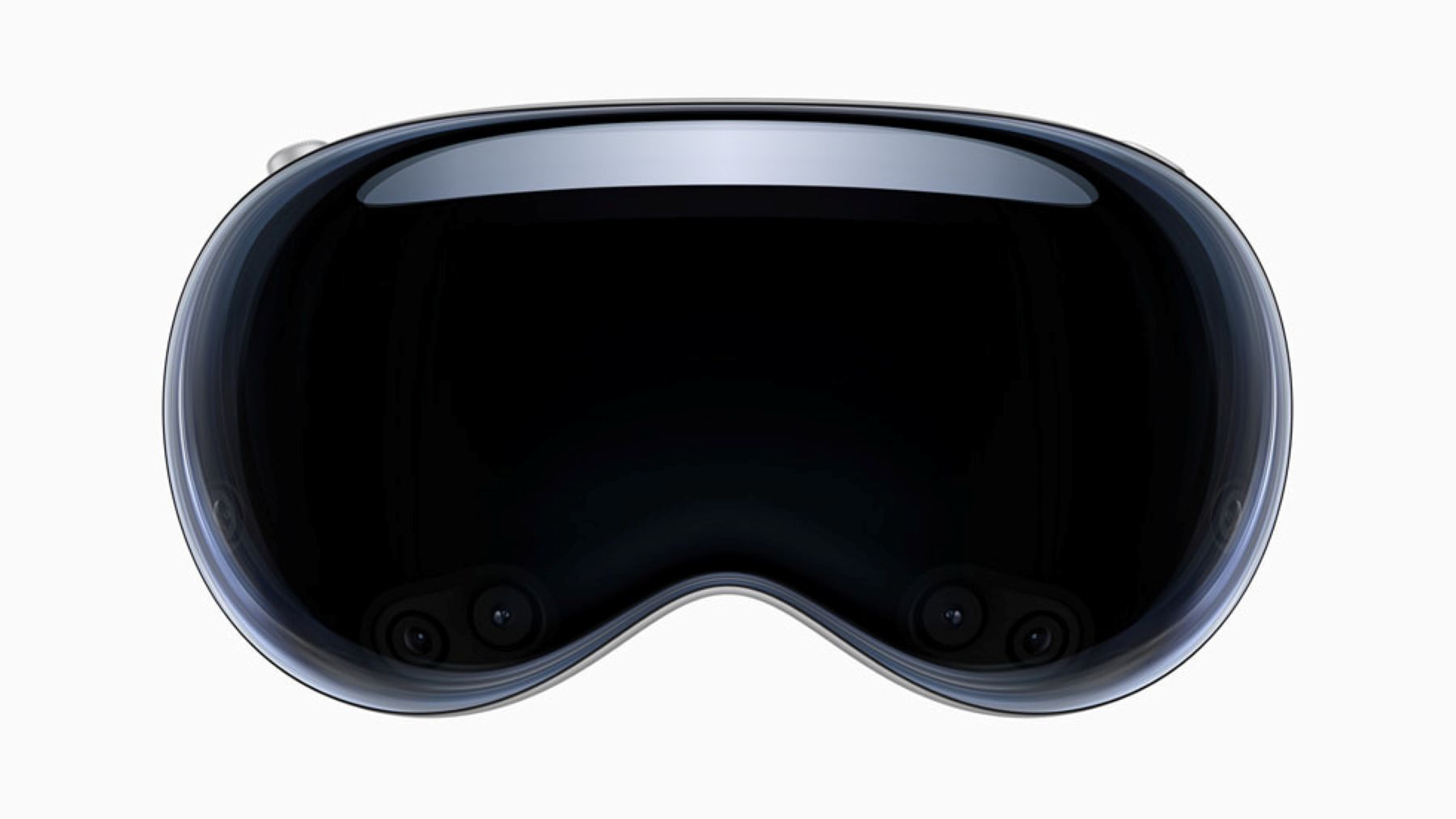Explaining the Basics of Pneumatic Systems

Think back to when you were a kid and how much you loved balloons. You probably blew up a balloon, held it for a couple of seconds, released it, and laughed as it zipped around the room. What was nothing but childhood hijinks were actually an example of pneumatics–using pressurized air for a practical purpose. From road drills to machines in a factory to paint spraying robots and power tools, pneumatics is all around us. But how can something like air power machines big and small? Explaining the basics of pneumatic systems is understanding the simple science of pressure and how gases store energy.
What is pneumatics?
Pneumatics is the science and technology of pressurized air to transmit force and energy. Going back to the balloon example for a moment, we will further explain the concept. You used your lungs to blow air inside the balloon. Each forced breath added a little more air to the balloon, applying outward force to the rubber and pushing the elasticity of the balloon. In terms of physics, you used your breath as the force over a distance or the amount you inflated the balloon, doing work on the balloon. The compressed air now stored in the balloon acts as potential energy for use later. Once you release the compressed air (or potential energy), it becomes kinetic energy and propels the balloon around the room. You made a simple machine!
To function, pneumatic machines and tools need five things: a compressor, a reservoir, one or more valves, a circuit, and an actuator or motor. Pneumatic tools get all their power from the energy in the compressed air. As such, you know right away they need an air compressor and something for the air to move—the actuator in the tool. The circuit delivers the air to the tool in the form of a hose or piping, and a valve turns it on and off, or even reverse the direction of the flow. A reservoir is important in pneumatic systems because air is a very compressible gas. Simply linking a compressor to the actuator through a hose would work very slowly. When turning it on, it would take a long time to build up the pressure to move the actuator. Storing compressed air in a reservoir keeps it ready to use right away and there is more compressed air in the tank for extended use.
What can we use pneumatics for?
All these components put together can do a lot of different work. Tasks one may complete with an electric motor or hydraulics are done just as well—if not better—with pneumatics. Pneumatic tools are very easy and cheap to produce and can do a lot more work without breaking or needing maintenance. Plus, because they are such simple machines, there is less that can go wrong.
Many different industries can utilize pneumatics. The most familiar example is air-powered tools. Go to any local service station or body shop and you will hear and see pneumatic tools everywhere. However, thanks to custom solutions, even those in the medical industry can utilize pneumatics.




